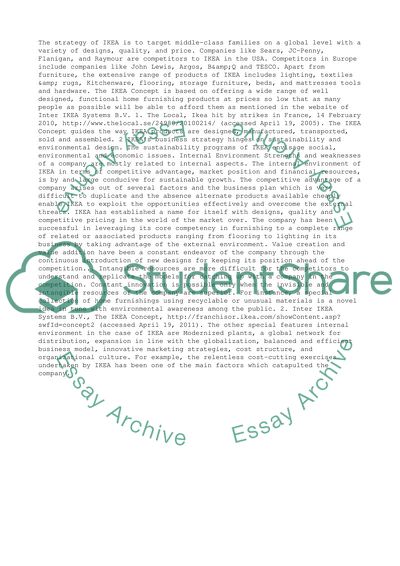Cite this document
(IKEA Key Leadership and Management Issues Research Paper, n.d.)
IKEA Key Leadership and Management Issues Research Paper. Retrieved from https://studentshare.org/management/1416341-essay-chosen-organisation-ikea
IKEA Key Leadership and Management Issues Research Paper. Retrieved from https://studentshare.org/management/1416341-essay-chosen-organisation-ikea
(IKEA Key Leadership and Management Issues Research Paper)
IKEA Key Leadership and Management Issues Research Paper. https://studentshare.org/management/1416341-essay-chosen-organisation-ikea.
IKEA Key Leadership and Management Issues Research Paper. https://studentshare.org/management/1416341-essay-chosen-organisation-ikea.
“IKEA Key Leadership and Management Issues Research Paper”, n.d. https://studentshare.org/management/1416341-essay-chosen-organisation-ikea.


